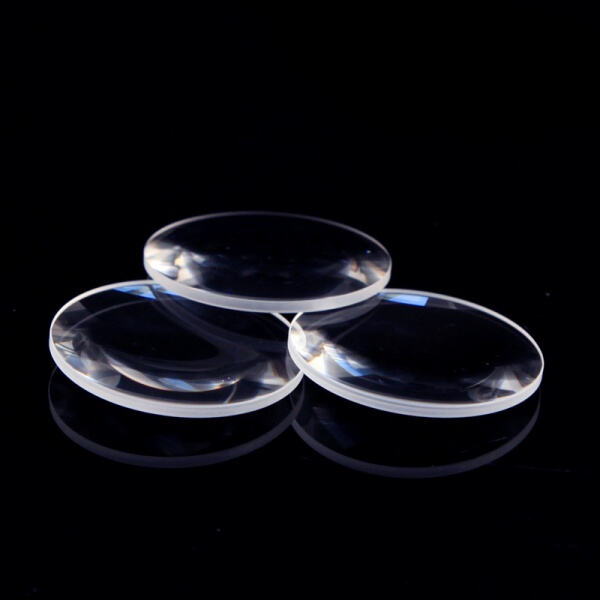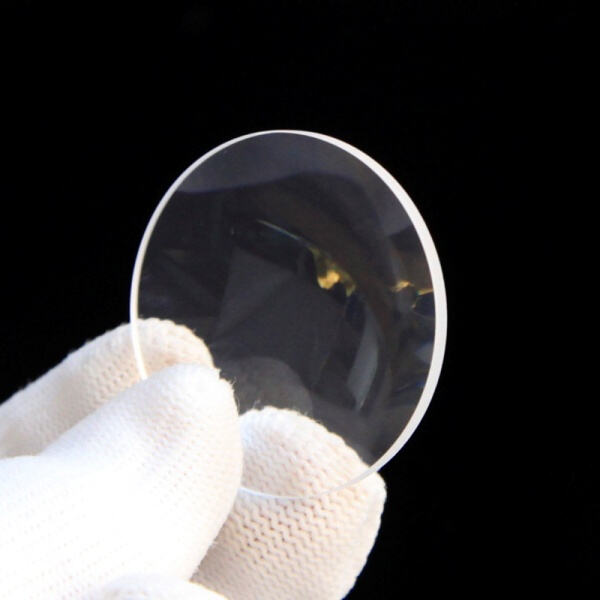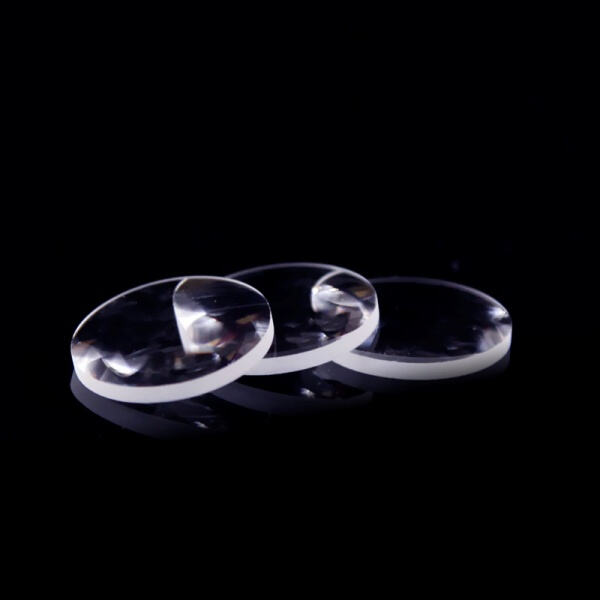
-
+ 86-156 60188203
[email protected] - Dazhai, העיר נאניאנג, סין במחוז הנאן
- שני - שבת 8.00 - 18.00 יום ראשון סגור

Ever peered through a magnifying glass? If so, then you have used a specific type of lens known as a spherical lens! A spherical lens is a lens which is in the shape of a ball sphere. These kinds of spherical lenses can be found in many items we know well from our own lives: eyeglasses to improve our vision, cameras to take photographs, and telescopes to observe distant stars and planets. These lenses are very important because they help change the path of the light and the field of view.
Convex Lenses: Convex lenses are thicker at the center and thinner at the edges. This shape is quite special, as it reduces light rays inward. This means that things look larger and nearer through a convex lens than they are. That is also why magnifying glasses which help us look at small objects closely, and binocular, which help us see far off things, often contain convex lens. They are best used to enhance the visibility of fine detail!
Concave Lenses: The other type is a concave lens. These lenses have a different shape; they are thinner at the center and thicker along the edges. Concave lenses refract light rays away from each other. Things look smaller and more remote than they are, when you peer through a concave lens. This sort of lens is also employed in eyepieces for telescopes, as well as in some cameras. Concave lenses make objects appear smaller, which can be useful for distant vision.
Convex lenses, which are thicker in the middle, bend light rays inward to a focus point, known as the focal point. This is how objects appear larger and closer through a convex lens.[3] Think of it like you taking the magnifying glass to a tiny bug; it becomes bigger and closer to you!

Focal Length: This is the distance from the lens to the focal point. A lens with a shorter focal length will bend light more sharply and one with a longer focal length will bend light less. Imagine how the focus of a camera can differ; depending on the distance the picture could turn out good or blurred.

Refractive index: The refractive index tells us how much a material such as glass bends light. The higher the refractive index, the more the light will bend as it passes through the material. This is either used to produce lenses that perform effectively in various situations.

Curvature: Lens curvature refers to the shape of a lens. Here the convex are positive curvature lens that bulges out, concave are negative curvature lens that curves in. It is the shape of the lens that dictates how the light will act when the light travels through it.
We have a sales after-sales team, which is more 60 employees. Our company has a wealth experience in exports and imports and co-operation, our clients from optical firms as well as universities, research centers, research institutions, etc. From more 30000 across more than 80 countries spherical lens types the world.
Our company is able creating optical prisms that are custom-designed to specifications of customers, ranging from small size large size. The total spherical lens types of models that can produced online was more 400. We have years of expertise in the processing of various items that are customized.
With ISO9001 China's highest technology enterprise certificate new technology, CE, SGS certification Our company equipped with over 300 sets of fully-integrated equipment, more than 10 researchers. We can spherical lens types the product's quality.
Nanyang Jingliang is optical component spherical lens types area of 10,000 square meters. The company specializes the processing of optical prism lenses, optical system production, sales. We can satisfy all requirements of optical components
זכויות יוצרים © Nanyang City Jingliang Optical Technology Co., Ltd. כל הזכויות שמורות — מדיניות הפרטיות